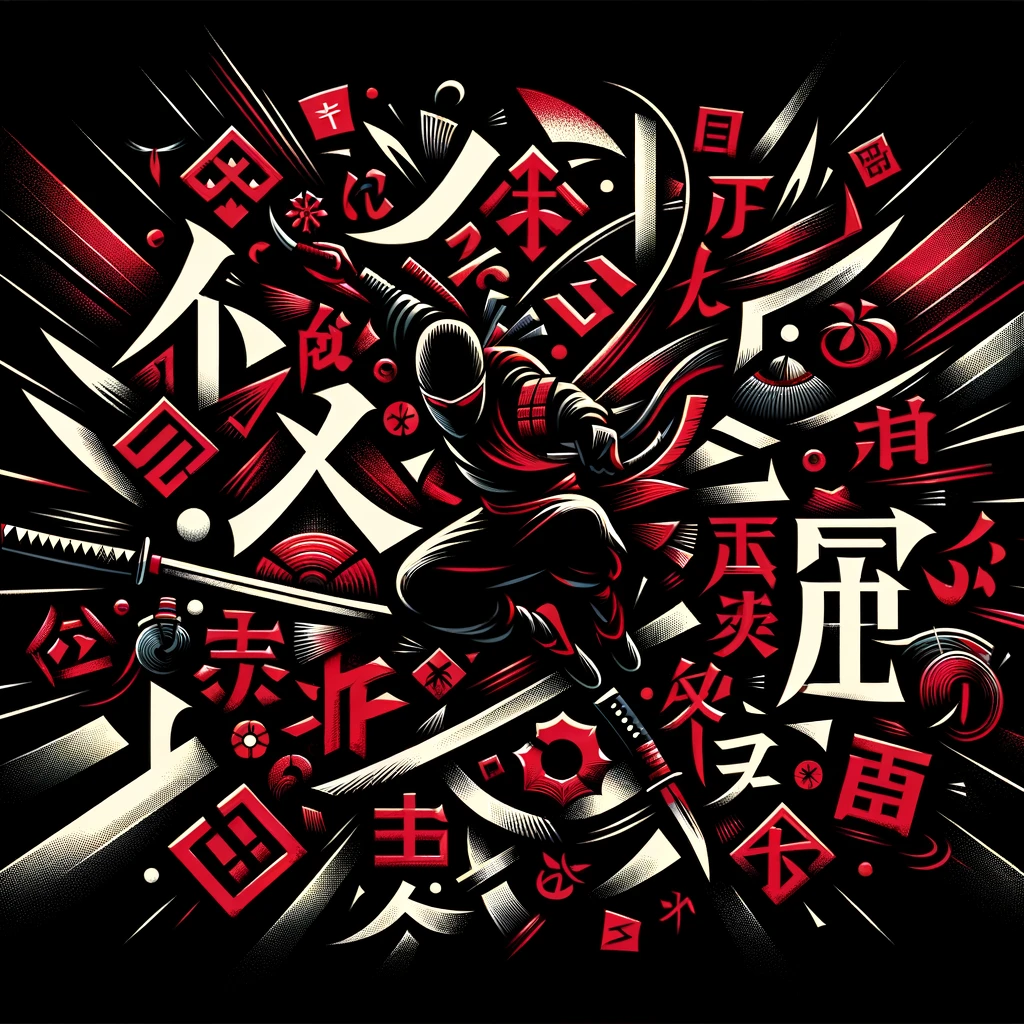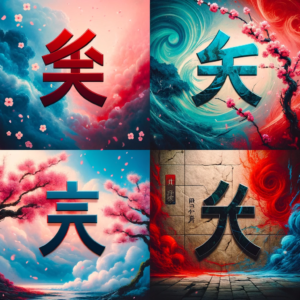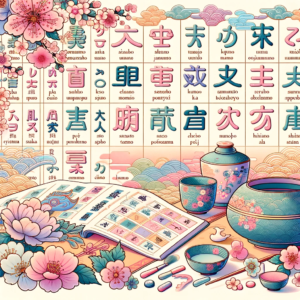Understanding Japanese Scripts: Hiragana, Katakana & Kanji

Japanese, unlike many other languages, uses multiple scripts in its writing system. Each script serves different functions and presents unique learning curves. In this blog, we’ll delve into the origins of these scripts, compare how quickly you can learn each, and provide tailored strategies for mastering them effectively.
The Scripts of Japanese

Japanese writing combines three different types of scripts: Hiragana, Katakana, and Kanji. Each script plays a specific role in written Japanese:
- Hiragana: A phonetic script used for native Japanese words and grammatical elements.
- Katakana: Also phonetic, primarily used for foreign words, names, and scientific terms.
- Kanji: Adopted logographic Chinese characters that are used to represent nouns, stems of adjectives and verbs, and more.
Origins and Evolution
- Hiragana and Katakana: Both originated from “man’yōgana,” an ancient writing system that employed Chinese characters to represent Japanese sounds. Over time, these characters were simplified and stylized into two distinct sets. Hiragana is more cursive, while Katakana is more angular.
- Kanji: Introduced from China around the 5th century, Kanji has been an integral part of Japanese writing. Over centuries, Japan has modified and adapted these characters to fit the Japanese language, including simplifying many complex traditional characters into what is known today as “Shinjitai.”
Learning Speed and Difficulty
- Hiragana
- Complexity: Simple
- Time to Learn: Approximately 1-2 weeks
- Approach: Hiragana consists of 46 basic characters, each representing a unique sound. Learning through repetitive writing and reading practices, such as writing diaries or simple sentences, can be effective.
- Katakana
- Complexity: Simple
- Time to Learn: Approximately 1-2 weeks
- Approach: Similar to Hiragana, with another set of 46 characters. Flashcards and labeling objects with Katakana can accelerate learning. Since it’s used for foreign words, practice by converting words from your native language.
- Kanji
- Complexity: High
- Time to Learn: Several years to achieve fluency
- Approach: Start with the most common 100 Kanji and gradually build up. Tools like spaced repetition software (SRS), Kanji textbooks, and apps that allow for tracing and mnemonic techniques are highly beneficial.
Effective Learning Strategies
- Integrated Learning: Use a mix of reading, writing, and digital tools. Engage with authentic materials like Japanese books, manga, and websites to see the scripts in context.
- Consistent Practice: Daily practice is key. Even short, frequent sessions can be more effective than less frequent, longer sessions.
- Use Mnemonics: Create stories or associations to remember the shapes and meanings of Kanji characters.
- Engage with Native Content: Listening to Japanese music, watching films, or joining language exchange meetups can provide contextual learning boosts.
- Structured Courses: Consider formal classes or online courses that offer structured learning paths, especially for Kanji.
Resources
- Tofugu – A Comprehensive Guide to Japanese Writing: This resource provides detailed explanations of Hiragana, Katakana, and Kanji, along with historical context and learning tips. Visit Tofugu’s Guide to Japanese Writing
- Japan Foundation – Japanese Language Learning: This link leads to a variety of resources and tools offered by the Japan Foundation for learners at all levels, which can be especially helpful for those focusing on the scripts. Explore Japan Foundation Language Resources
- NHK World – Easy Japanese: NHK provides a practical approach to learning Japanese starting with the scripts, supported by audio and video resources that can be immensely helpful for beginners. Learn with NHK World Easy Japanese

3 Compelling Reasons to Master Japanese Scripts Today
With Japan’s rich culture, booming technology sector, and increasing global influence, learning Japanese is more valuable than ever. But diving into the language means tackling its unique scripts: Hiragana, Katakana, and Kanji. Here are three compelling reasons why mastering these scripts isn’t just for language enthusiasts but can be beneficial for anyone aiming to broaden their intellectual and professional horizons.

1. Unlock the Gateway to Japanese Culture
Japanese literature, films, and traditional arts are deeply rooted in the country’s language. Understanding the scripts opens up a wealth of cultural knowledge that is often lost in translation. Whether it’s reading a haiku in its original form, enjoying a J-pop lyric, or navigating the vibrant streets of Tokyo, knowing Hiragana, Katakana, and Kanji allows you to experience these cultural artifacts as they were meant to be experienced.
2. Enhance Your Professional Skill Set
Japan is a powerhouse in several high-tech industries, including automotive, robotics, electronics, and more. Proficiency in Japanese scripts can dramatically improve your professional opportunities, especially in fields involving trade, diplomacy, technology, and cultural exchange. Here’s how:
- Multinational corporations often look for individuals who can bridge the gap between cultures.
- Understanding Japanese scripts adds a significant feather to your cap, showcasing your dedication and ability to tackle complex challenges.
- It can also give you an edge in the job market, making you a valuable asset to employers who deal with Japanese partners.
3. Boost Cognitive Skills
Learning a new language, especially one as complex as Japanese, is an excellent workout for the brain. Studies have shown that language learning can improve memory, problem-solving skills, and even multitask more effectively. Here’s what learning Japanese scripts specifically enhances:
- Memory: Kanji, with thousands of characters, is a fantastic memory booster.
- Attention to Detail: The intricate differences between Kanji characters can help sharpen your attention.
- Cultural Intelligence: Learning scripts involves understanding context and culture, which enhances your empathy and communication skills in a global setting.
Conclusion:
While Hiragana and Katakana can be learned relatively quickly, Kanji represents a significant challenge and requires a long-term commitment. However, the rewards of being able to read and write Japanese fluently are immense, opening up vast cultural and professional opportunities. By understanding the origins and functions of each script and adopting tailored learning strategies, you can effectively navigate your way to proficiency in this beautifully complex language.
From deepening your cultural appreciation to enhancing your career prospects and boosting your cognitive abilities, learning Japanese scripts offers benefits that go far beyond just the language itself. Whether for personal growth, professional advancement, or intellectual challenge, the journey into the Japanese writing system is undoubtedly a rewarding one.


